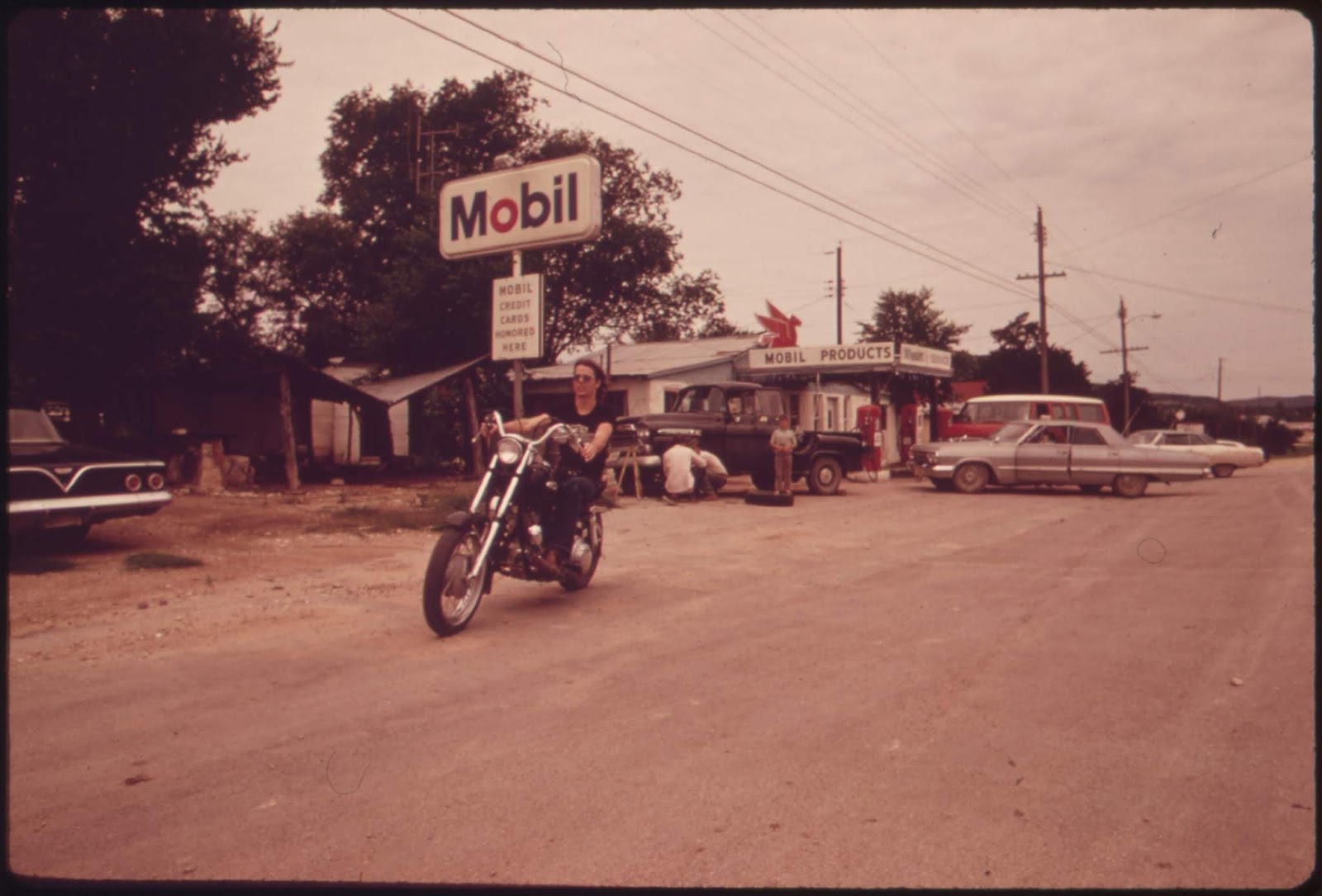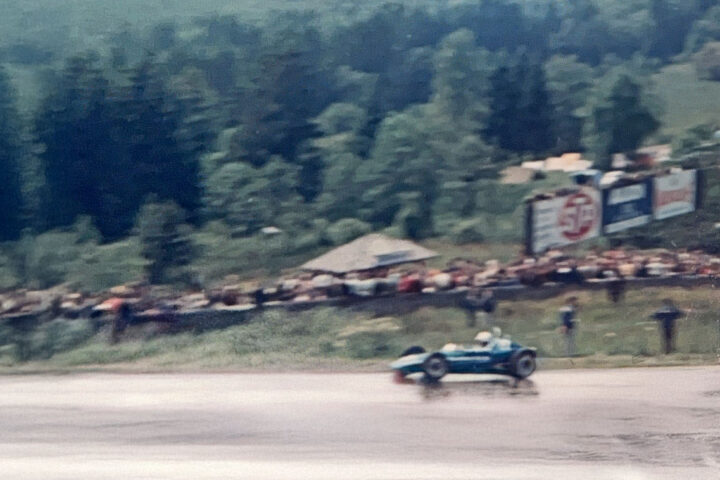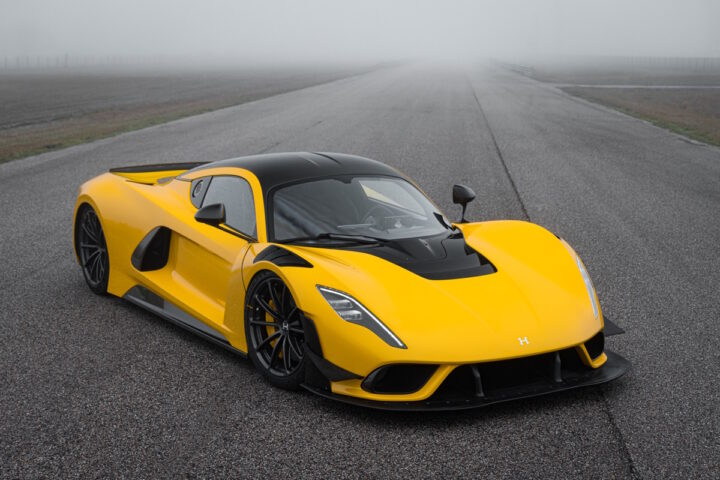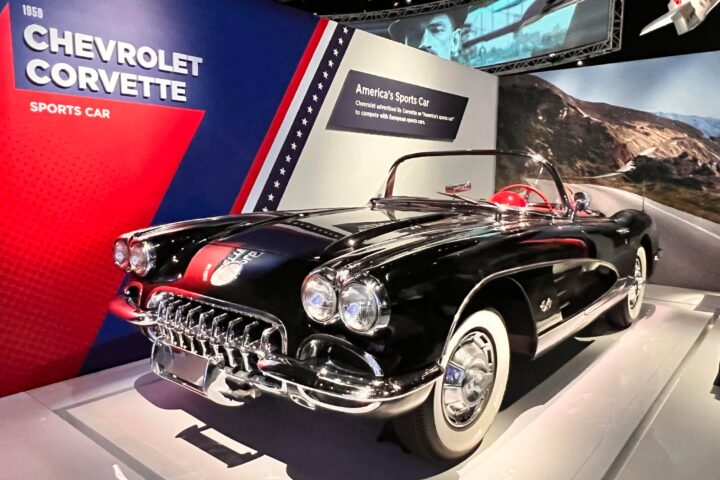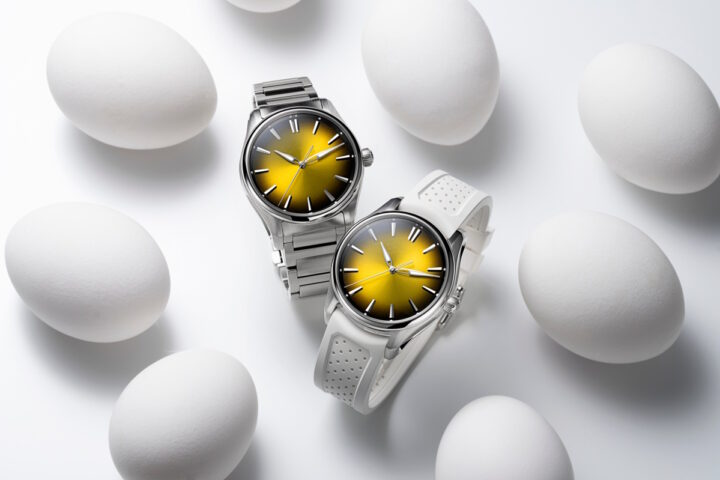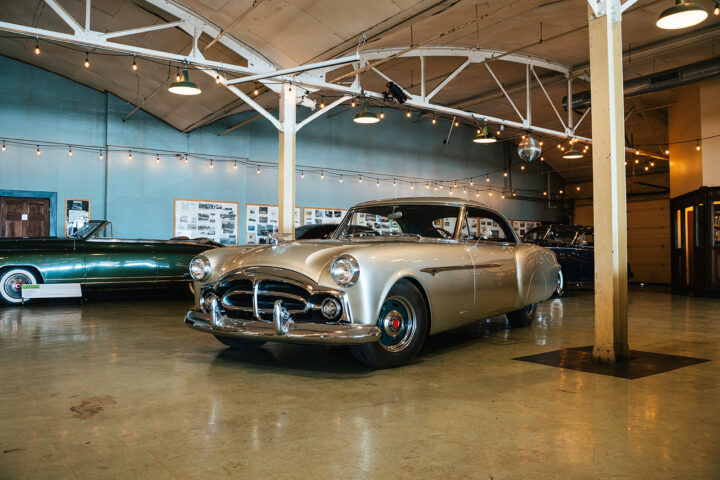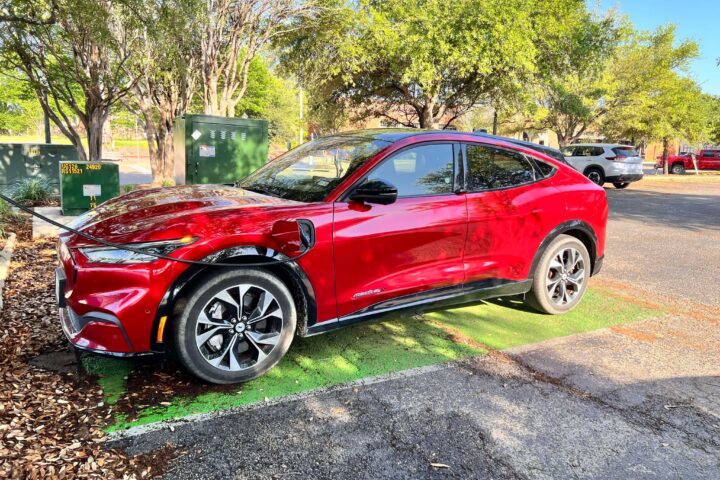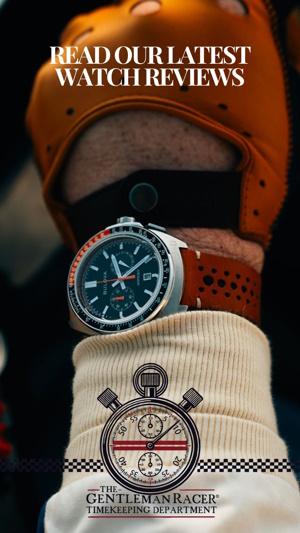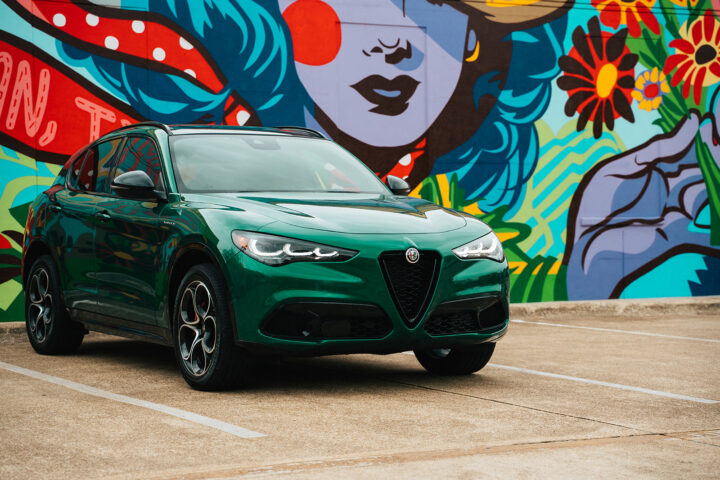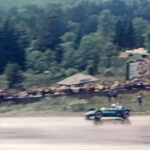It was May 1973, when photographer Marc St. Gil pulled into the small town of Leakey, Texas, armed only with a camera and a directive from the Federal Government. Leakey was the type of town you only went to if you had to… or if you were tragically lost. The main street of the town is U.S. Highway 83, a lonely road that connects Brownsville the southernmost city in Texas to Perryton the last city before you leave the Texas panhandle heading north, despite this fact, it is not a busy highway. The town had just a few hundred residents, a couple of gas stations, and a few hotels that serviced the few tourists who would come to the river each year.
Marc was in Leakey working for a new Federal agency the EPA, who had hired him and nearly one hundred other photographers to take pictures around the country to create a visual baseline of the environmental conditions in the United States. While he was there to take pictures of the pollution issues he also captured amazing snapshots of rural America.
Leakey was like many small towns, teenagers smoked pot and frolicked in the nearby Frio River, strangers passing through stopping only to pump gas at 29 cents a gallon. A world away in, May of 73, Skylab the United States’ first space station was launched while in Wounded Knee the American Indian Movement surrendered after a 71-day standoff. On the other side of the world, U.S. Forces were withdrawing from Vietnam, and in Washington, the televised Watergate hearings begin in the Senate.
These pictures are a window in the world my father grew up in, he rode a Harley-Davidson across the US in the mid-1970s and passed through small towns like Leakey. It was a time when connecting with people meant having a real conversation, when you weren’t reachable by your cell phone, and riding cross country without GPS meant you could end up accidentally in a small town pumping 29 cent gas.
Pictures like these take us to a place we like to remember, we tend to omit the bad and limit our memories to kissing a girl down by the river, smoking a joint with friends, or riding a Harley Davidson down country roads. The grim realities that were the world in 1973, don’t exist in these images, there is a cool comfort in that fact. That we one day too will look back at these ugly and chaotic times of our own with an optimistic romance. That right now will one day be the ‘good old days’ so many older than us long for. If there is one take away, it is this, we are living in the greatest days in the world because these days are ours to make of them what we will, just as May of 1973 were theirs.

